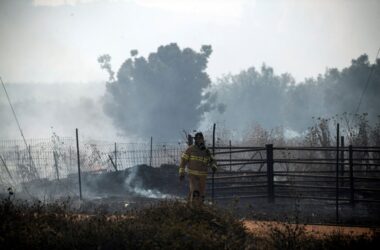OPEC and its collaborating partners have not initiated formal discussions regarding the potential extension of voluntary oil production cuts totaling 2.2 million barrels per day (bpd) beyond the scheduled termination in June. However, sources from OPEC+ member countries suggest that they could uphold these cuts if demand fails to rebound.
Since late 2022, OPEC+ has enforced a sequence of output reductions in response to heightened production from non-member nations, notably the United States, alongside concerns regarding demand amidst the challenges faced by major economies, such as elevated interest rates.
The upcoming meeting of OPEC+, which comprises the Organization of the Petroleum Exporting Countries (OPEC), Russia, and other non-OPEC producers, is slated for June 1 in Vienna to delineate output policy. Requests for comment from OPEC remain unanswered.
Presently, the OPEC+ coalition is curtailing production by 5.86 million bpd, equivalent to approximately 5.7% of global demand. These reductions include 3.66 million bpd by OPEC+ members valid until the conclusion of 2024, alongside 2.2 million bpd of voluntary cuts by select members set to expire at the end of June.
While geopolitical tensions in the Middle East have bolstered oil prices this year, apprehensions concerning economic expansion and elevated interest rates have exerted downward pressure. Brent crude recorded a seven-week low on Wednesday, settling at $83.44 a barrel.
Insiders from countries implementing voluntary supply cuts anticipate an extension. One source suggested the extension could stretch until the year’s end, while another emphasized that any alterations would hinge on a notable surge in demand.
Meanwhile, two additional OPEC+ sources revealed that formal deliberations have not yet commenced, with one indicating that the coalition remains undecided on prolonging the cuts.
Noteworthy contributors to these voluntary cuts, surpassing the agreed-upon reductions, include Algeria, Iraq, Kazakhstan, Kuwait, Oman, Russia, Saudi Arabia, and the United Arab Emirates.
Analysts speculate that an alternative course of action post-June could involve a partial or complete reversal of the 2.2 million bpd cuts.
OPEC has expressed optimism regarding another year of robust oil demand growth, forecasting an increase of 2.25 million bpd. Conversely, the International Energy Agency anticipates a more tempered growth trajectory of 1.2 million bpd.








